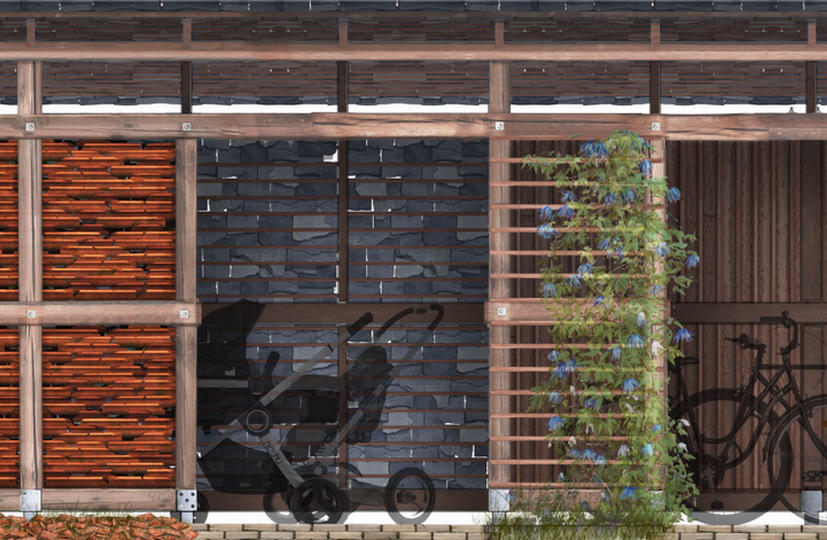Interview with Alex Waterfield, Leading Engineer from Anthesis Group, by Pernille Berg; Science Manager, BLOXHUB.
As the black swan flew across Europe, it quickly became evident that health, healthy buildings and healthy cities soared the list of hot topics. And rightly so.
Life with Covid-19 and in particular post-COVID-19 should be addressed. With the focus on ensuring healthy cities and healthy buildings sustainability, technological solutions and the SDGs are re-emphasised as the way forward to ensure healthy cities and buildings. But we need to look at the how’s. How do we ensure sustainable construction?
As a warm-up to Science Talks 18th of June, we talked to Alex about the circular economy and the how’s when it comes to transitioning to sustainable construction.
It is not either-or but circular economy …
I asked Alex whether there are specific parts of the transitioning process to sustainable construction which are more important than others?
“I would not say anyone element of transition is more crucial than another because, in order to address the climate emergency, all parts need to be addressed one way or another. That said, the key to sustainable construction i.e. a circular economy is to future-proof buildings to enable them to be disassembled at the end of building life. This means constructing with the frame of mind that at the end of a building’s life, the materials that make it up will need to be reclaimed and reused again. If you’re able to re-use these materials, you will save on the processes required to source new materials and process them. In my opinion, this will then set the tone for a more sustainable future in construction.”
The impetus for change
As with everything, context matters and I have been curious to hear whether the building industry is experiencing different opportunities and challenges in Great Britain. So I asked Alex whether he had noticed another impetus for change.
“In the UK, there is most certainly a lot of talk about recovering the economy post-COVID-19 and having sustainability embedded at the core of that recovery. People have seen what a positive impact the lockdown has had on the environment and there is a reluctance to go straight back to the way everything was before. There is also the sense that a green recovery will create more jobs to enable that transition and therefore will in itself be a tool for economic recovery. It is still early days and the lasting impact of the lockdown is yet to be felt, however, there is the sense that attitudes towards a green transition have been changed permanently with a greater sense of urgency.”
The elusive value chain and the importance of tangibility
Remembering the how – how do we ensure the transition to sustainable construction the topic of the value chain came up. Addressing the value chain is complex and that in itself can obfuscate concrete actions. As Alex pointed out in our conversation:
“One of the main challenges of addressing the value chain is it can be extremely complex. If you look to address your environmental impact down every single avenue of the value chain, especially in large organisations, there can be no end to the level of detail within your assessment. My advice would be to set boundaries (a scope) within your environmental assessment so you know to what extent you are assessing your value chain. The rest then becomes easier because your assessment is more targeted and it allows to you set meaningful, quantifiable goals towards a circular economy.“
Continuing on the topic of making the change tangible and concrete, how Alex continued his reflection on the circular economy and its important role.
“One of the main aspects we will need to reduce within building development is its embodied carbon emissions – that means the emissions given off in order to build and maintain a building, all the way from material retrieval, to construction to its eventual demolition. If 100% of the materials during a building demolition are recovered and the construction of those materials into a new building is carried out using just renewable energy sources, the embodied carbon of that new building would be next to zero. In order to address the climate emergency, this is what we need to get to and it will also minimize the newly-sourced natural resources we do consume, especially steel and concrete, which can be particularly harmful.”
Image: Næste Skur



